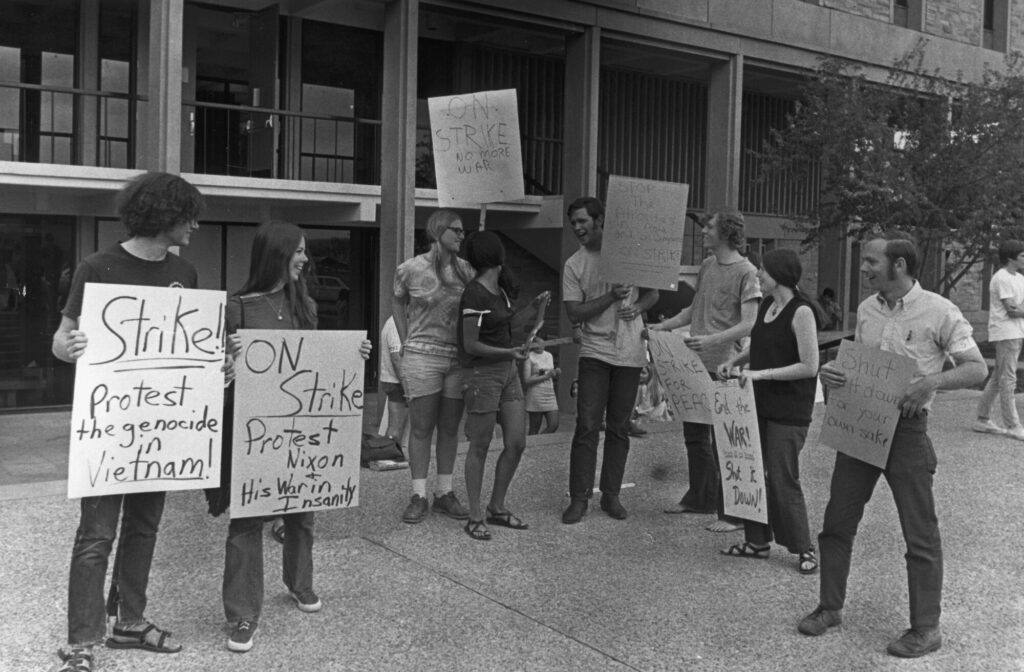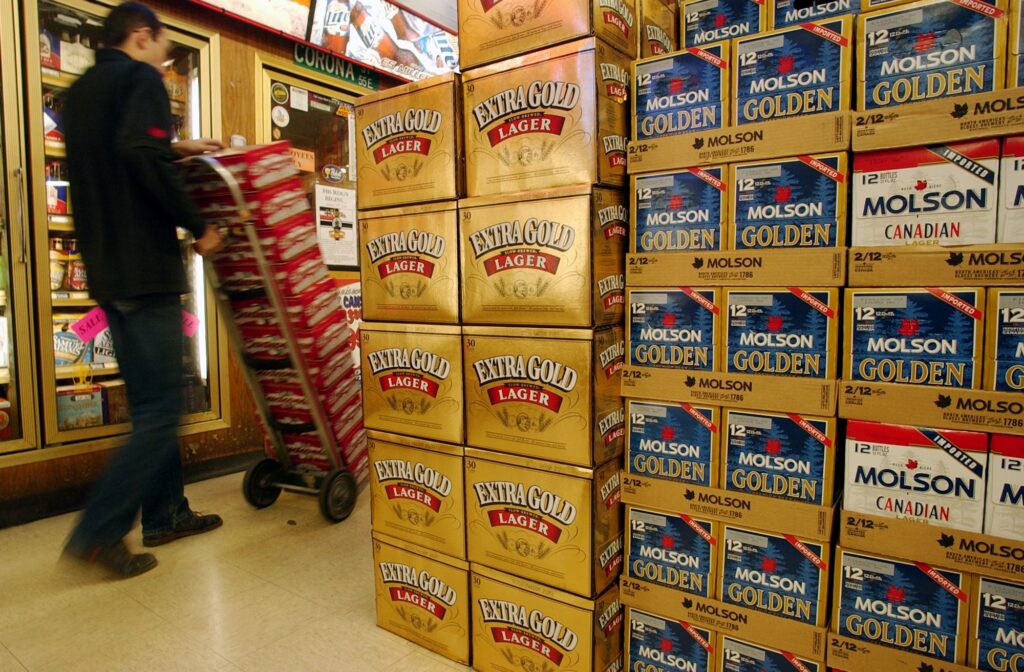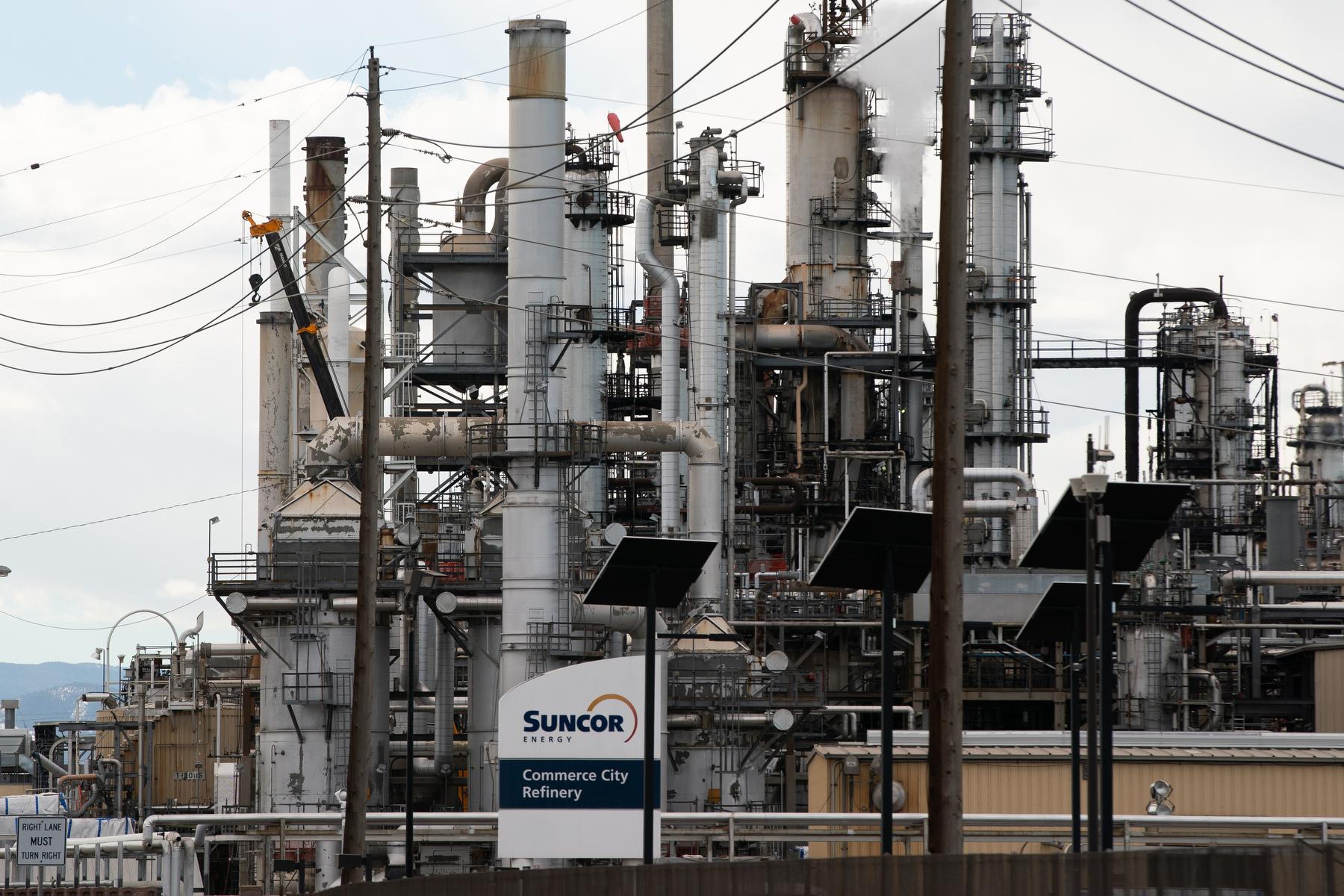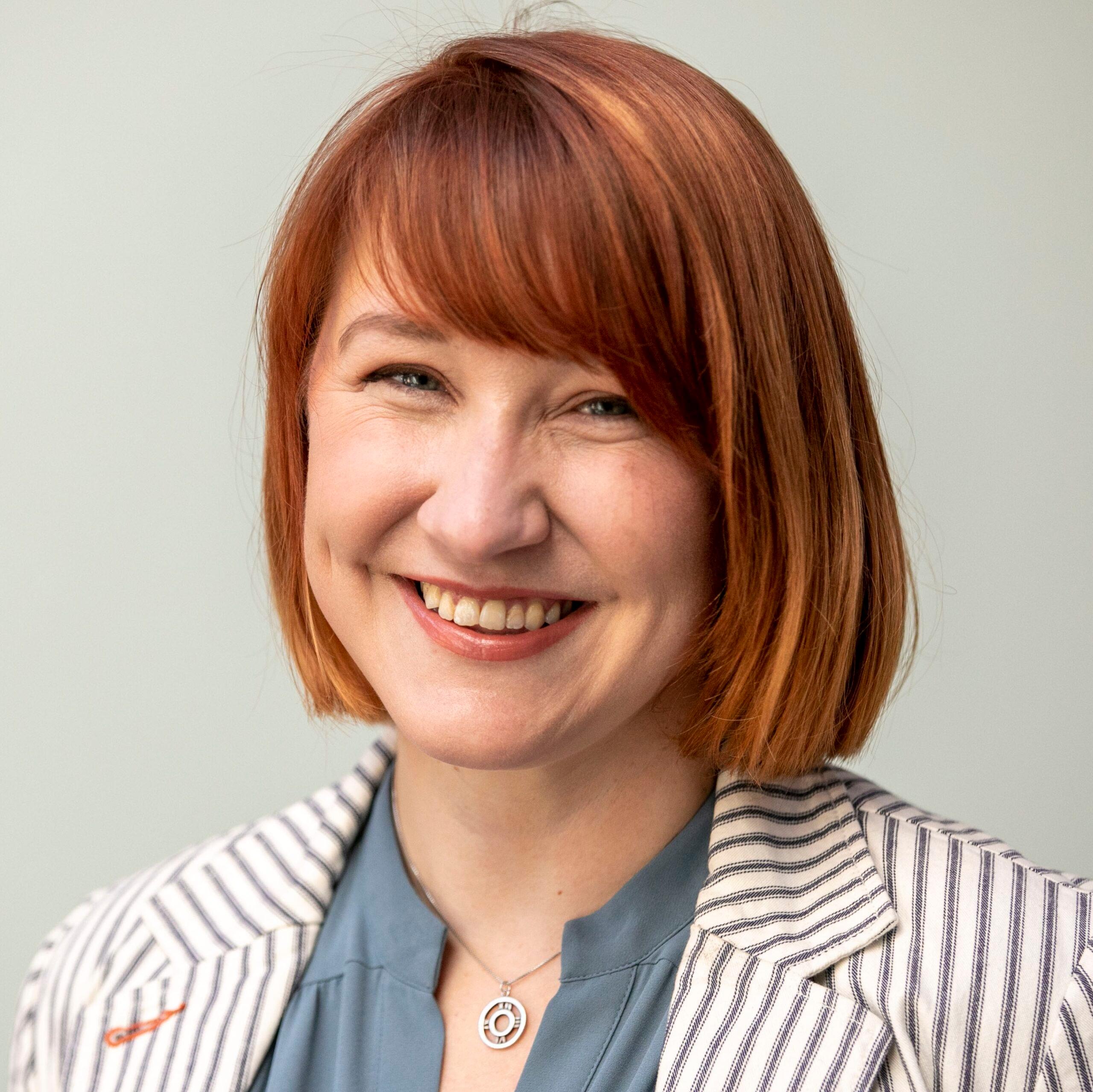
Jonathan Shikes was one of the last people who were allowed to legally drink beer as a teenager in Colorado.
Today, he’s a beer historian who has chronicled the rise of Colorado’s craft brewing industry. But back in 1987, he was just an 18-year-old looking for a buzz.
At the time, teenagers like him had an unusual, legal option for drinking in the state. They were allowed to buy a special, lower-alcohol variety of beer known as “3.2.” Many people will remember 3.2 as the stuff that was sold at grocery and convenience stores until recently — but back in the 1980s, it was also available to 18-year-olds to purchase and to drink at special bars with names like Mardi Gras and After the Gold Rush.
“It was just a mess of a place,” Shikes recalled of his favorite bar at the time, Thirsty’s, which stood near the current site of Ball Arena in Denver.

Each night, hundreds of high-school seniors, military service members and college students would cram into these places and slam beer by the pitcher. The “3.2” percent limit was actually alcohol by weight, or 4 percent alcohol by volume — similar to most light beers on the market today.
“Coors Extra Gold was our favorite, favorite beer, and Coors Winterfest, which was their one seasonal beer,” recalled Shikes, the author of “Denver Beer: A History of Mile High Brewing.”
But why exactly did Colorado have this unusual setup? Where did it come from, and how did it end? Those were among the questions sparked by a CPR News listener’s recent submission to our Colorado Wonders program.
The question submitter also remembered those blurry nights of teenage drinking. And she wanted to know: “Was this common across the country? Did Coors influence the legislature in order to cash in on the [teenage] market? One had to drink a lot of 3.2 beer to get drunk but, believe me, it was possible!”
For the full picture, I interviewed Shikes, dug through the state’s legislative archives, read research papers and also called a former governor.
First, the short answer:
Colorado’s beer laws were definitely unusual. It was one of only a few states that allowed teenagers to drink 3.2 beer (or to buy alcohol in general) for most of the 20th century. Colorado had one of the longest histories of legal teenage drinking in the country.
But what’s really interesting is how legal teenage drinking ended in Colorado in the 1980s — which was the result of some big changes in the rest of the country.
3.2 beer dates back to the 1930s
When Prohibition ended in the 1930s, most of the U.S. chose to set the drinking age at 21, according to a paper published in Alcohol Health and Research World.
But Colorado and some other states made a little exception.
In 1933, state lawmakers decided that anyone who was 18 or older could buy a drink — as long as it was under 3.2 percent ABW. They reserved the stronger “malt, vinous or spirituous liquors” for 21 and up. (Why did they pick 3.2 as the limit? The distinction was a result of some early and somewhat arbitrary limits set by the federal government as the country tiptoed out of Prohibition.)
Colorado wasn’t the only state to give 3.2 beer a “junior varsity” designation. Kansas, South Carolina and Washington, D.C. also had “split” drinking laws after Prohibition, according to a 1987 study by U.S. DOT.
A couple of other states went even further, setting lower drinking ages for all types of alcohol.
The social upheaval of the ‘60s also hit alcohol laws
In the late 1960s and early 1970s, lawmakers started revising the “legal boundaries between childhood and adulthood,” as one dissertation puts it. The shift, like many others in the nation at the time, was fueled in part by the Vietnam War.
The U.S. military was drafting 18-year-olds — and yet in many places, they were not allowed to vote, drink, serve on a jury, run for office, enter contracts and more. Black men faced an even starker version of this contrast. They were drafted in especially high numbers and were the victims of severe racism, discrimination and limited civil rights back home.
The idea of soldiers dying in Vietnam without holding basic rights in their own communities became a focus of the anti-war protest movement. On one front, it encouraged the continued movement for racial equality. But it also led to demands for more rights for younger people.
“Old enough to fight, old enough to vote,” was one rallying cry that echoed through both the Vietnam War and, earlier, World War II.

The nation ultimately passed the 26th Amendment in 1971, lowering the voting age to 18. Meanwhile, state lawmakers were making similar changes on other topics — including drinking.
“Old enough to fight, old enough to drink,” the argument went. Between 1970 and 1975, 29 states lowered the drinking age.
Suddenly, Colorado’s drinking laws were relatively conservative. While 18-year-olds elsewhere could buy the liquor of their choice, Colorado teens were still stuck with 3.2 beer.
By the 1980s, backlash reached Colorado
The era of lower drinking ages didn’t last long, as the rate of fatal accidents involving teenage drivers rapidly spiked, and there was a general backlash to the youth rights movement.
“Accident rates among 18-20 year olds did increase significantly— about 40% for involvement in fatalities,” read an MIT study.
That fueled a movement to restore the drinking age to 21, including the formation of Mothers Against Drunk Driving in 1980. Sixteen states had done so by January 1983, but others — including Colorado — held out.

But there were efforts to change that. In Colorado, a Republican state representative named Bill Owens, in partnership with state Sen. Wayne Allard, started pushing for a higher all-around drinking age. The men argued that under-21 drinking was unhealthy, risky and helped even younger teens get access to alcohol.
The backlash to that initial push was “significant,” Owens recalled in a recent interview. “With respect, the Coors company was very opposed [to raising the drinking age.] All of the breweries were, as well as the distributors.”
Coors, with its headquarters in Golden and its rapid expansion into a national brand, carried a lot of political and financial clout in the state, and Colorado held onto its teenage drinking tradition even as other states rolled back their drinking ages.
But where state-level arguments hadn’t worked, federal threats finally did the trick. Congress lacked the authority to set a nationwide drinking age, but it could put states in a financial squeeze. In 1984, it passed a law that would cut off highway money to the noncompliant states if they didn’t act within three years.
Owens and Allard finally got the votes needed to raise the drinking age in the spring of 1987, just before the deadline.

“It finally changed. And it's something I'm proud of,” Owens said —though he admits he later caught some guff from his kids’ friends about it.
The lawmakers did have to make compromises: The law was written so that if the feds ever changed course and allowed a lower drinking age, Colorado would start letting 19- and 20-year-olds buy low-alcohol beer again. (That part was later removed.)
Still, pushing the issue apparently didn’t hurt either man politically: Owens later became governor, while Allard was elected to two terms in the U.S. Senate.
Things come full circle:
While the new law signaled the eventual end for 3.2 bars, there was still time for a few more rounds. Anyone who was already 18 when the law took effect — including beer historian Jonathan Shikes — would be allowed to keep buying 3.2.
“I made it under the cut and was able to drink 3.2 beer from the ages of 18 to 21. But I had friends who didn't turn 18 until later in the year, and they did not make the cut,” he explained.
One of those underage friends was so frustrated that he decided to start brewing his own beer, with Shikes’ help.
“We made these terribly cloudy, yeasty beers that we would bottle ourselves. And we would carry them around at parties, try and get people to drink. And they would just kind of look at us,” Shikes said. It was an early introduction to the world of craft beer that was just taking off in Colorado.

Meanwhile, 3.2 beer hung on for a few more decades, since it was the only alcohol that could be sold in grocery and convenience stores. That changed in 2019, when those locations were allowed to start selling full-strength beer and wine — putting a final nail in the coffin of the 3.2 era.
And yet, things come full circle. These days, lower-alcohol beers are finding a new audience with more health-conscious consumers, both old and young.
“Interest in lighter and lower alcohol beer has come back quite a bit,” Shikes said. Some customers “would rather have two or three beers. And they don’t want to get enormously drunk with an IPA that’s 7.5 percent if they can drink something that's down in the three or four [percent ABV] range. And the craft breweries are taking them up on that.”
But you’ll still need to be 21 to drink them, and that’s unlikely to change anytime soon.









